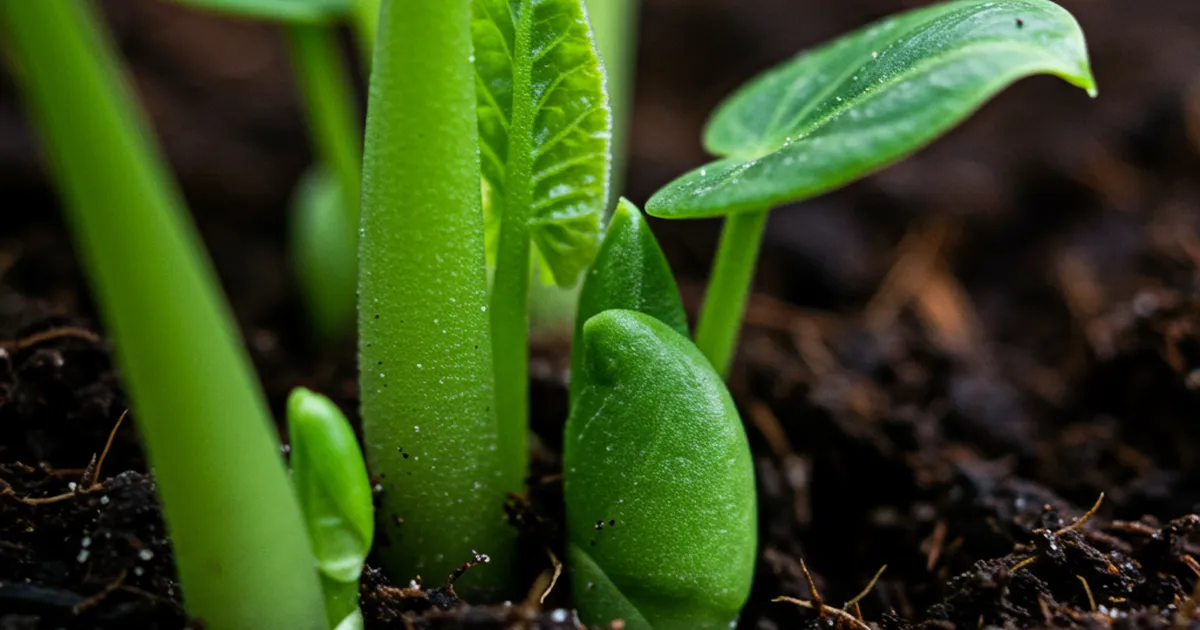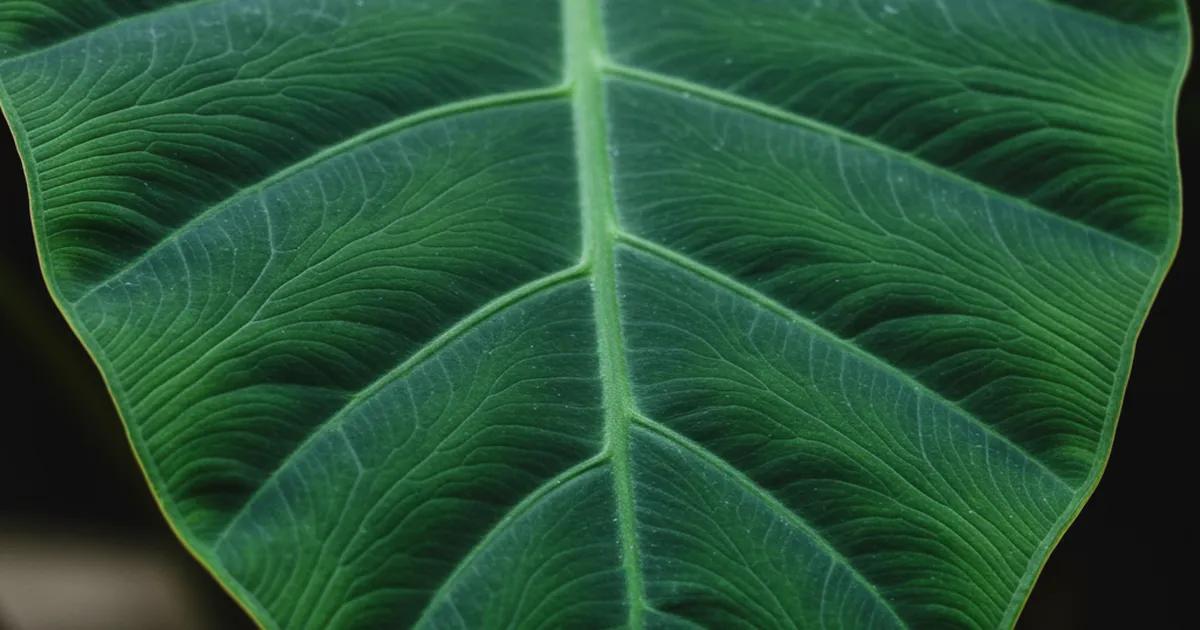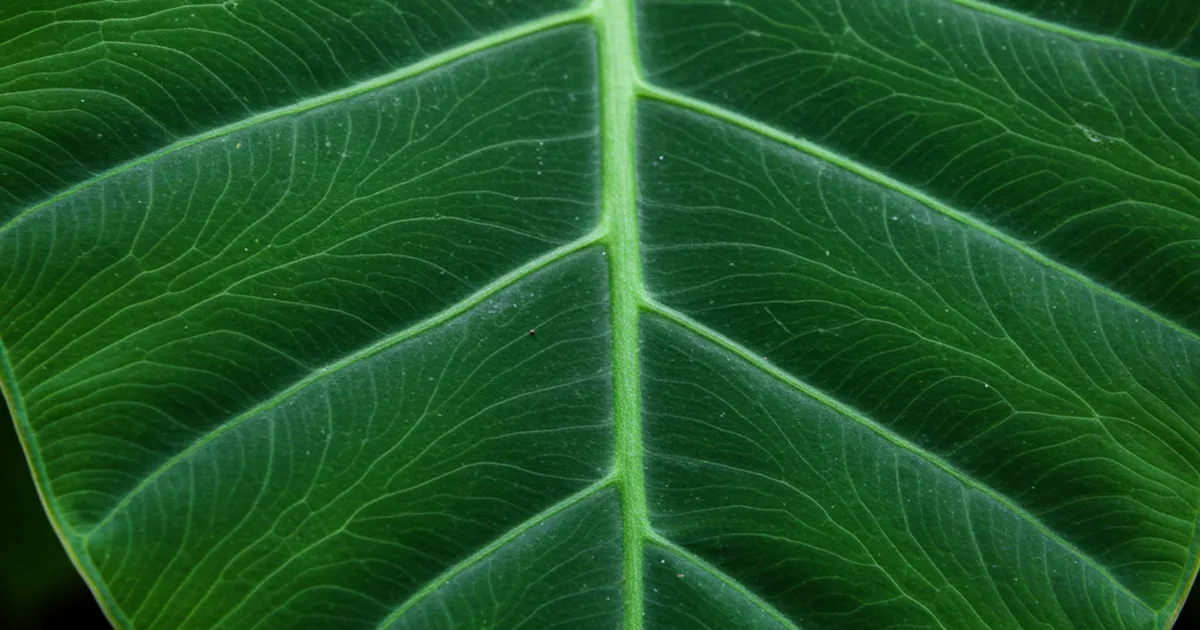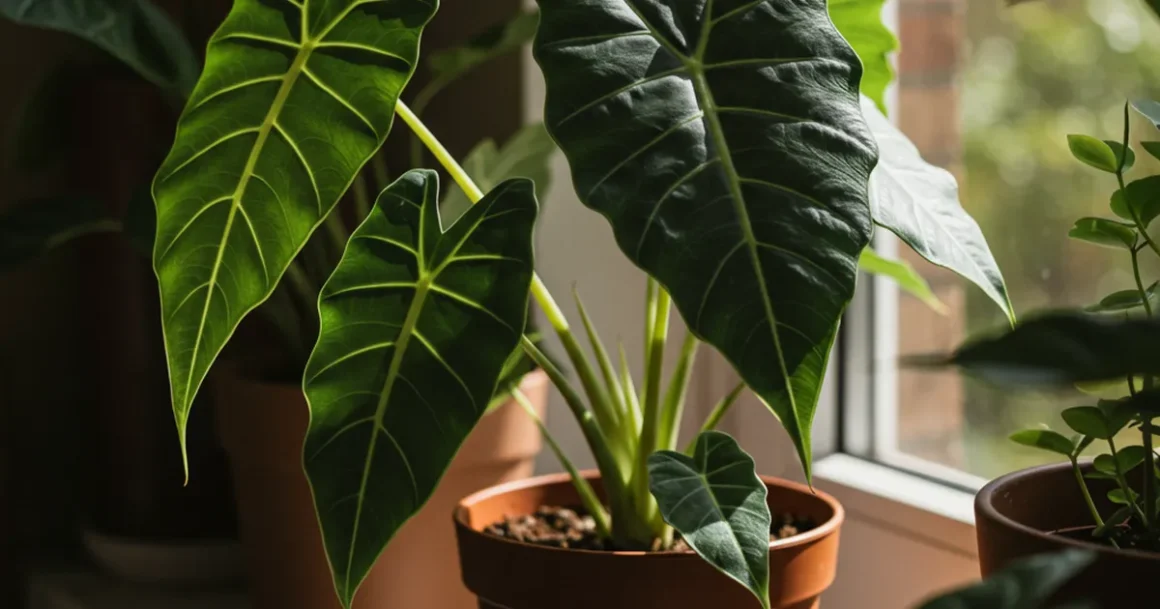Alocasia, which is also known as elephant’s ear, is a visually striking tropical plant that thrives in warm and humid conditions, typically cultivated as a houseplant. It is valued for its large heart-shaped or arrow-shaped leaves, with some varieties displaying prominent veins or variegation. During the summer, alocasia grows rapidly, generating a new leaf every week. However, it is crucial to be aware that this plant is toxic to both humans and pets.
Continue reading to discover how to properly care for your alocasia to ensure its optimal growth.
| Common Name | Alocasia, elephant’s ear, African mask plant |
| Botanical Name | Alocasia spp. |
| Family | Araceae |
| Plant Type | Perennial, herbaceous |
| Mature Size | 2–10 ft. tall and wide |
| Sun Exposure | Partial |
| Soil Type | Well-drained |
| Soil pH | Acidic |
| Bloom Time | Spring, summer |
| Flower Color | Yellow |
| Hardiness Zones | 10–12 (USDA) |
| Native Areas | Asia |
| Toxicity | Toxic to humans and pets |
Varieties of Alocasia Plants

There are close to 100 different species of alocasia plants, and a surprisingly large number of them are popular as houseplants. Here are some preferred species and cultivated varieties:
- Alocasia cuprea ‘Red Secret’: This plant reaches a height of three feet and features leaves that are metallic bronze-red in color.
- Amazonian elephant’s ear (Alocasia x amazonica): This well-liked compact hybrid has deep green leaves with striking white or light green veins. Alocasia Polly is a cultivated variety with ruffled leaves displaying creamy white veins.
- Alocasia zebrina: A fantastic yet delicate species that can grow up to three feet tall. What sets this plant apart are its zebra-striped stems.
- Alocasia reginula ‘Black Velvet‘: This type is a remarkable dark green plant with white veins. It is a compact plant that typically remains under 18 inches in height.
- Alocasia ‘Tiny Dancer’: This variety showcases elegant stems resembling a dancer’s silhouette and small leaves. It may lose its leaves during winter dormancy.
Trimming

Trim your alocasia plant only to eliminate damaged, wilting, or deceased leaves. Employ clean and sharp pruning shears or scissors to trim the flawed leaves from the base of the plant’s stem. The ideal time for trimming your alocasia is during its active growth period in the spring or summer.
Tip
Due to the toxicity of alocasia, always wear gloves when dealing with the plant.
Alocasia Propagation

Alocasia plants can generally be easily propagated through clump or rhizome division in the spring.
Tip
For an easier and more successful alocasia propagation, having a good pair of pruning shears is essential. We have tested and reviewed the top ten picks for the best pruning shears to assist you.
A Guide to Potting and Repotting Alocasia Plants

When potting alocasia plants, it is crucial to choose a container with sizable drainage holes. The choice between using a porous or nonporous pot for your alocasia comes with its own advantages and disadvantages. While clay pots provide good airflow to the roots and soil, nonporous plastics or glazed ceramics help maintain the consistent moisture levels that these plants require. Opting for a heavier material like clay can also help stabilize a tall plant, reducing the risk of it being knocked over by pets or children.
Alocasia plants are fast growers and can tolerate being slightly root-bound, but they should be repotted once they visibly outgrow their current pots. Repotting is best done during the plant’s active growth period in spring or summer. The frequency of repotting depends on the plant’s size:
- For smaller varieties, repotting may be necessary every year to 18 months. When repotting, choose a pot that is one to two inches larger in diameter than the current one.
- Larger floor plants typically require repotting every 18 months to two years. When repotting these, opt for a pot that is two to four inches larger in diameter than their existing pot.
Common Pests & Plant Diseases
Alocasia plants typically do not suffer from diseases. However, most alocasia species are susceptible to spider mites.
Alocasia Bloom
Alocasia are mainly cultivated for their leaves. These plants only produce flowers once they are mature, and their blooms are not noteworthy. Indoor alocasia plants rarely flower. If an alocasia blooms outdoors, many gardeners opt to remove the flowers to allow the plant to concentrate its energy on the foliage.
Challenges That Alocasia Plants Face
Alocasia plants are generally easy to cultivate, but they may encounter the following issues:
Leaves Turning Yellow
Yellowing leaves on your alocasia can stem from various causes, often related to watering—either too much or too little, leading to discoloration. Alocasia plants require several inches of water per week.
Inadequate filtered light can also result in leaf yellowing. Additionally, if the plant is confined in a small pot, its leaves may turn yellow, in which case repotting is recommended.
Withered or Wilting Leaves
If your alocasia’s leaves are drooping, insufficient watering, lighting, or fertilization could be the culprits. Alocasia plants thrive on consistent moisture, so adjust your watering schedule if the soil is overly wet or dry. Relocate the plant to an area with brighter indirect light if it’s currently in a dim spot, and consider providing more frequent feedings.
Other Plants You Might Enjoy
-
Tips for Growing and Nurturing Alocasia Pink Dragon
-
How to Grow and Care for Alocasia ‘Regal Shield’ (Elephant Ear)
-
How to Grow and Care for Philodendron Birkin
-
Instructions for Growing and Taking Care of Alocasia Pink Dragon
-
How to Cultivate and Maintain Alocasia ‘Regal Shield’ (Elephant Ear)
-
Guidelines for Growing and Caring for Philodendron Birkin
-
How to Cultivate and Look After Calathea Zebrina (Zebra Plant)
Other Plants You Might Enjoy
1 of 4

